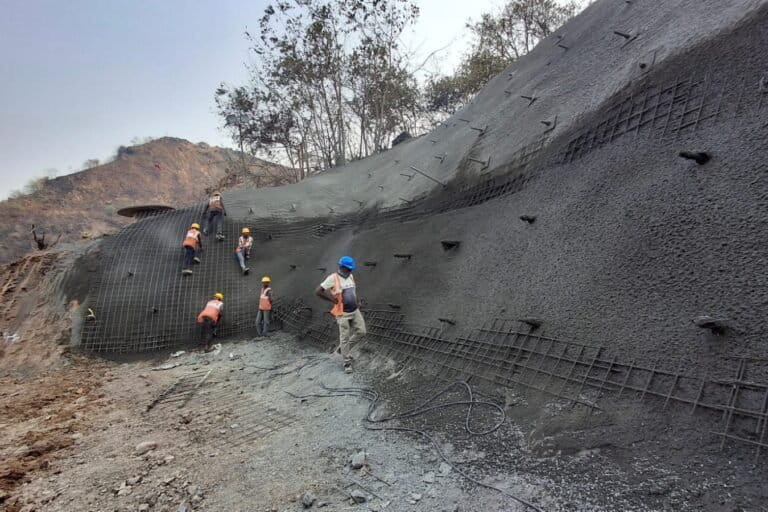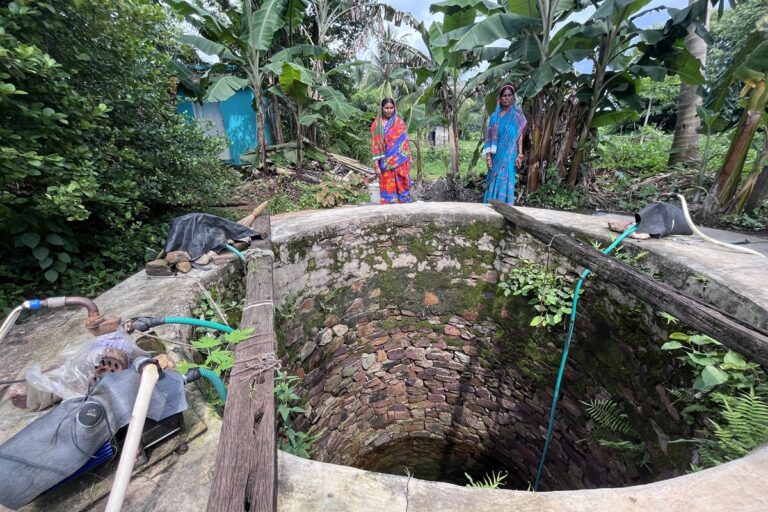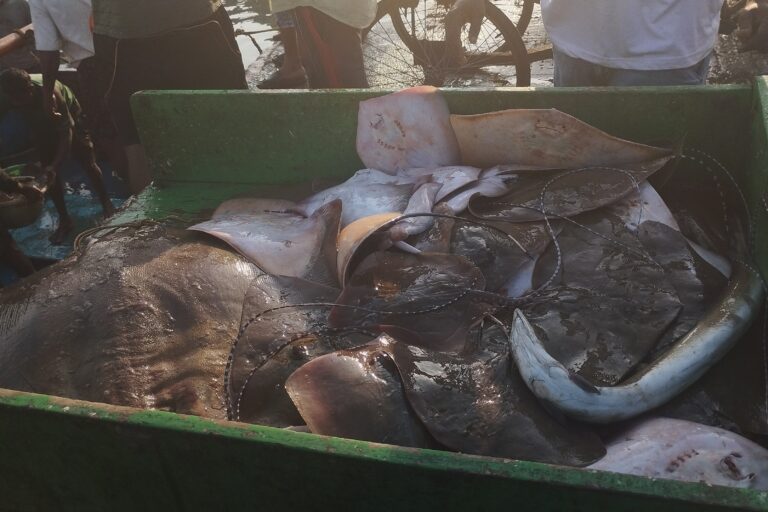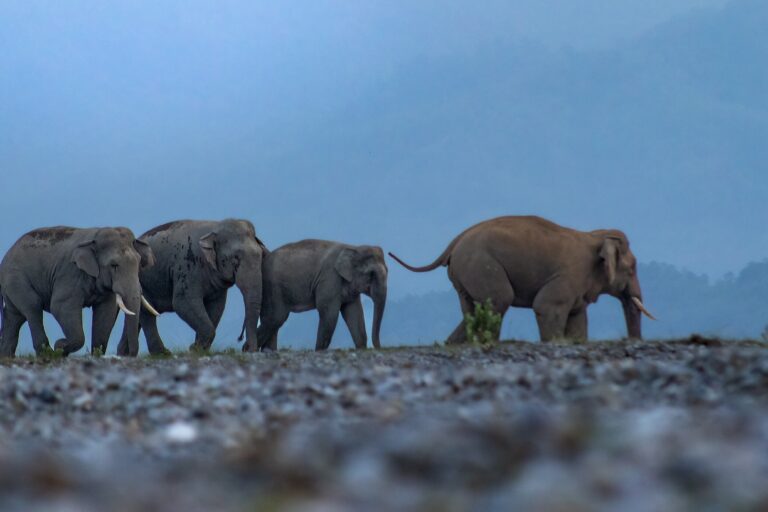- Designating 46 wetlands spanning 1.08 million hectares, India has created the largest network of Ramsar Sites in South Asia.
- The Ramsar Sites have an international status because of their importance for the conservation of global biological diversity and for sustaining human life.
- Ramsar Site designation is a stepping stone towards wetlands wise use. While site designation calls for celebration, it is actual conservation and management action at these sites that fulfils the objective of creating an international network of wetlands which can sustain biological diversity and support human well-being, writes Ritesh Kumar in this commentary.
- The views expressed in this commentary are that of the author.
In August 2021, the Ministry of Environment, Forest and Climate Change (MoEFCC) designated four wetlands to the list of Ramsar Sites – two each from Haryana and Gujarat. Sultanpur, located 15 km from Gurugram (Haryana) is a shallow depression receiving runoff from agricultural fields and canals. The wetland is famed for the sighting of spectacular flocks of bar-headed and grey-lag goose. Bhindawas, a human-made wetland constructed to store excess water from the Jawaharlal Nehru Canal, is a resting and roosting haunt of over 250 bird species. In Thol, an irrigation reservoir, on the outskirts of Ahmedabad, the presence of over half of the bird species of Gujarat has been recorded. In Wadhvana, an irrigation reservoir created by the former Baroda state in a semi-arid agricultural landscape, up to 50,000 birds have been counted.
The number of Ramsar Sites in India is now an incredible 46. India ratified the Ramsar Convention in 1982 at the behest of the then Prime Minister, Indira Gandhi, who is also credited to have heralded several key environment legislations in the country. Keoladeo National Park and Chilika were the first two sites to be placed on the Ramsar List by the Government of India initially. Till 1990, only four more sites were added to the list and another 19 over the following two decades. Since 2010, Ramsar Site designation has received a significant policy push from the MoEFCC, and 21 wetlands added to the list in the last decade alone. The network of Indian Ramsar Sites covering over 8% of the known wetlands’ extent of the country and is the largest in South Asia.
The Ramsar sites in India are highly diverse. The sites range from Himalayan high-altitude wetlands (Tso-Moriri, Tso kar complex and Chandertal), lakes and marshes (Wular, Hokera, Renuka, Keoladeo, Kabartal, Nawabganj, Loktak, Deepor, Rudrasagar, Sandi, Saman, Keshopur-Miani, Sultanpur, Nalsarovar, and Sasthamkotta), river stretches (Upper Ganga River stretch, Beas Conservation Reserve and Kanjili), crater lake (Lonar), salinas (Sambhar), mangrove swamps (Sunderbans, Bhitarkanika, and Point Calimere) and lagoons and estuaries (Chilika, Ashtamudi and Vembanad-Kol). Water storage areas (Pong, Harike, Bhoj, Surinsar-Mansar, Bhindawas, Sur Sarovar, Asan, Wadhvana, and Thol) and assemblages of sewage-fed fish farms (East Kolkata Wetlands) have also been included in the list by the Government of India. While the smallest Ramsar Site is just 49 ha in area (Chandertal), the largest, the Sunderbans spans 0.42 million ha.
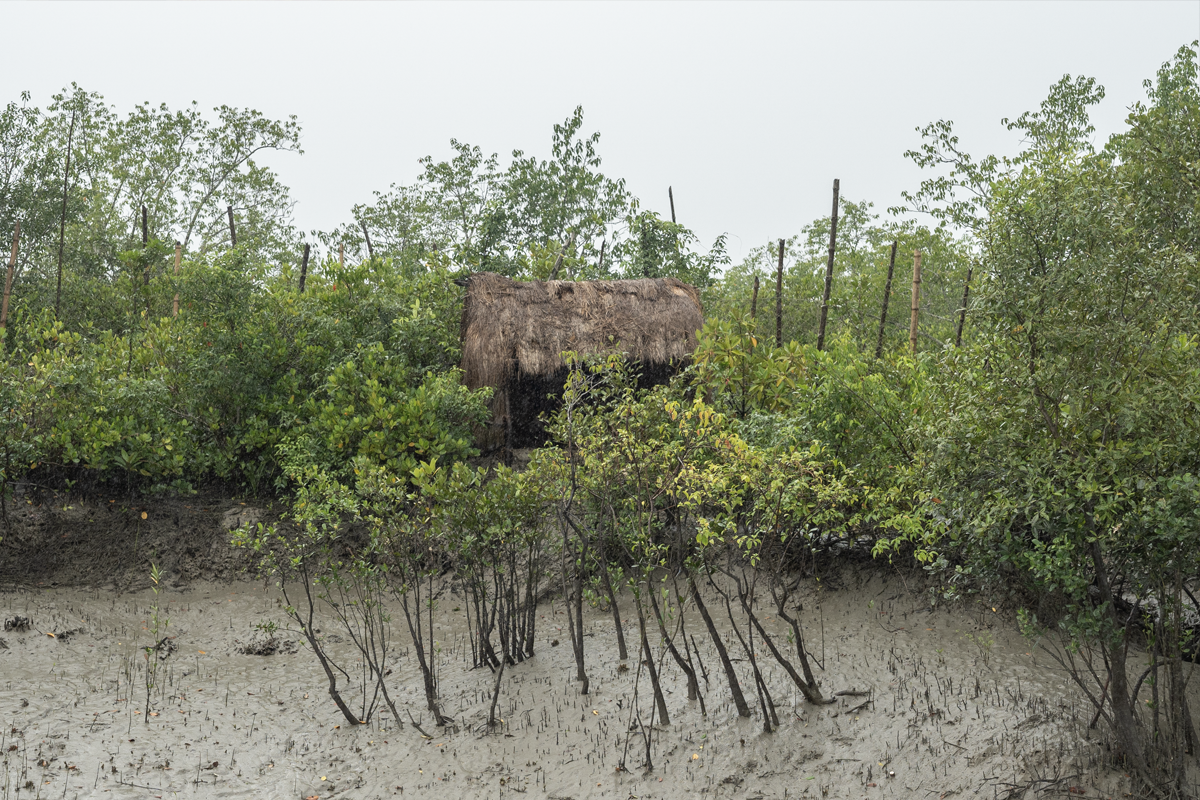
Ramsar sites
Ramsar Sites, also termed as the List of Wetlands of International Importance, are one of the three pillars of the Ramsar Convention (other two being working towards the wise use of wetlands, and cooperating internationally on transboundary wetlands, shared wetlands and shared species). The Ramsar Sites acquire an international status, as these are considered important not just nationally or sub-nationally, but for the entire humanity.
The vision of designating Ramsar Sites is ‘developing and maintaining an international network of wetlands which are important for the conservation of global biological diversity and for sustaining human life through the maintenance of their ecosystem components, processes and services’. As on date, Ramsar sites are the world’s largest network of protected areas. Ramsar Sites are adjudged as being important for global biodiversity as they meet at least one of the nine designation criteria set by the Convention.
The contribution that Ramsar sites make to biological diversity can hardly be overemphasised. A recent compilation of faunal diversity of 42 Indian Ramsar Sites by the Zoological Survey of India enlists 6200 species. For several of the faunal groups, these wetlands represent a major share of the known diversity (for example, over one-third of recorded mammalian species, one-fifth of reptiles, and about two-thirds of known bird species). In 2008, Asad Rahmani and Zafar-ul Islam identified 160 wetlands that met at least one of the nine designation criteria of the Convention.
The central idea around Ramsar sites is that of an ecological network – the movement of individuals along connected landscapes ensures that their genetic diversity is maintained, and species are able to adapt. This also means that conservation action concentrated on a few sites, while others degrade, may not be sufficient to sustain populations of such species. This can be illustrated through the case of the Siberian crane which was a regular visitor to Bharatpur till the turn of the 21st century. Continuous hunting of this species along its migratory route, particularly along few wetlands of Central Asia has led to possible extirpation of the population which visited India. Any level of management of Bharatpur is not sufficient to get this species back to these wetlands. International Conventions such as the Ramsar and Convention on Migratory Species provide a platform for discussing coordinated action for species and habitats along the entire range used by the migratory species.
Read more: [Commentary] Wetland champions: Promise from the grassroots
Enlisting sites are the first step towards ‘wise use’
Designating wetlands to the Ramsar Site network is an affirmation of a national government’s commitment towards ‘maintenance of ecological character’ – also termed as wetland wise use in Convention speak. While the Ramsar site designation is a much-celebrated event, what happens after the designation holds key to whether the very purpose of designation is fulfilled.
The wise use approach, adopted by the 171 Contracting Parties of the Ramsar Convention, is considered globally as a central tenet of wetland management. Article 3.1 of the Convention commits the Contracting Parties to put in place management arrangements to ensure wise use of all wetlands within their jurisdiction. When examined from the lens of sustainability, wise use is about reconciling the objectives of ‘conservation’ and ‘use’ so as to ensure that ecosystem retains capability for use now and into the future, rather than ‘using’ or developing the wetlands at present.
The act of designating (listing) a wetland as internationally important under the Convention is considered as an appropriate first step along a conservation and sustainable use pathway, the endpoint of which is achieving the long-term wise (sustainable) use of the site. Delivery of wise use commitments is therefore predicated on the extent to which wetland managers can define the site’s ecological character, and use this information to design and implement effective management actions.
Assessment and reporting of ecological character and the change in ecological character provides the basis for understanding the condition of wetlands, thereby informing policy development and priority setting within the Convention, as well as within the national jurisdictions of the Contracting Parties. To bring priority attention to Ramsar Sites undergoing or having undergone adverse change in ecological character, the Ramsar Convention maintains a list, as a part of Ramsar List, in the form of Montreux Record.
India has thus far placed three wetlands on the Record, namely Keoladeo National Park (in 1990), and Chilika and Loktak in 1993. Chilika was removed from the Record in 2001 after the Advisory Mission recommended so, having taken into cognizance the efforts made by Chilika Development Authority in addressing wetlands degradation by reconnecting the lagoon to the sea, and putting in place a basin-wide integrated management and monitoring programme. Keoladeo and Loktak have continued to persist on the List for over three decades now.
Since 1986, the MoEFCC has put in place a national scheme (presently known as the National Plan for Conservation of Aquatic Ecosystems) to assist state governments in preparing and implementing integrated management plans for Ramsar sites and other priority wetlands. Ramsar sites receive legal protection under Wetlands (Conservation and Management) Rules, 2017. Several activities, such as conversion of wetlands to non-wetlands use, dumping solid waste and discharging untreated sewage are completely prohibited. For other activities, a level of regulation is recommended, which is to be set by the concerned State / UT Wetlands Authorities. Besides, each Ramsar site needs to have a management plan which outlines the pathway to wise use. A diagnostic approach for developing such management plans has been prescribed by the Ministry.
Of the existing List of Ramsar Sites, a majority (30 sites) are designated Protected Areas, and another 5 have parts designated as Protected areas. The management of these sites is largely governed by the needs of species and habitats, and does not leave much space for accommodating wise use. However, there is much scope for augmenting the current management by taking into basin scale land and water use change, as well as risks induced by climate change.
Valuable contribution to a global goal
India has shown an exemplary leadership by expanding her network of Ramsar Sites and committing to the goal of wise use of these sites, and all wetlands within her territory. Concerted global and national action is required to halt and reverse the loss of wetlands and wetland-dependent species. The Ramsar List makes an important contribution to this cause. By designating wetlands to the international List, India is making her valuable contribution, as a megadiverse country, to this global goal.
Sustaining and expanding the Ramsar List is a virtuous goal and needs strong policy and programming support. Future expansion of the List may consider the representativeness of wetlands types, as well as biogeographic balance. At the same time, any new site added to the List should also be viable, both in terms of ecological condition (by meeting Ramsar criteria on a continuous basis, and not just at the time of designation) and management arrangements that can ensure maintenance of ecological character. Adding wetlands from outside the Protected Area network will be advantageous, as judicious application of ‘wise use’ approach can help address invidious conservation-development tradeoffs.
Designating wetlands to the Ramsar List has its concomitant responsibilities – particularly preventing any human-induced adverse change in ecological character. Ramsar site designation is only a stepping stone, and to realize actual change, the Ramsar Sites need to be effectively conserved and managed to achieve their wise use. One would expect the management of Ramsar sites to be role models for other wetlands. Sadly, this is not the case. The quality and effectiveness of management for several Ramsar sites is far from desired, the boundaries have not been delineated on ground, there is limited evidence of good governance arrangements being put in place, systems to monitor ecological character and management effectiveness are ad-hoc, and financing remains on a project basis.

Ramsar sites need to be accorded a special status in the national wetlands programme, so as to ensure that their management meets international standards, financing is embedded within the state budgets as well leveraged by building convergence with ongoing conservation and development sector programmes, and systematic monitoring enables capturing status and trends in ecological conditions.
At the time of writing this piece, national governments and stakeholders are discussing the Post 2020-Global Biodiversity Framework under the aegis of the Convention on Biological Diversity. A crucial element of the first draft is 2030 Action Targets, which when achieved will indicate that the world is on track to achieve 2050 vision. An ambitious proposal is to conserve 30% of terrestrial and 30% of marine areas through a system of well-connected and effective system of protected areas and other area based effective conservation measures. By not lumping wetlands within either terrestrial or marine area targets, systematically addressing degradation of wetlands, including those of Ramsar Sites can assist India and the world in meeting these high-level ambitions.
Read stories of individuals and communities that are working to conserve the wetlands of India in our Wetland Champions series
The author is the Director of Wetlands International South Asia, and a member of the Ramsar Convention’s Scientific and Technical Review Panel.
Banner image: A large flock of Demoiselle Cranes in Wadhvana, February 2016. Photo by Ritesh Kumar.






